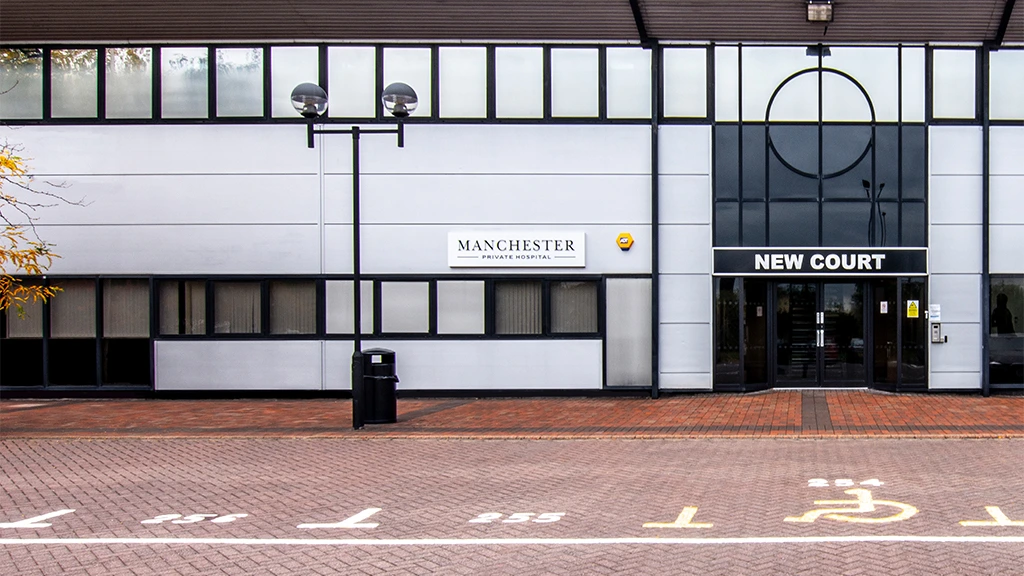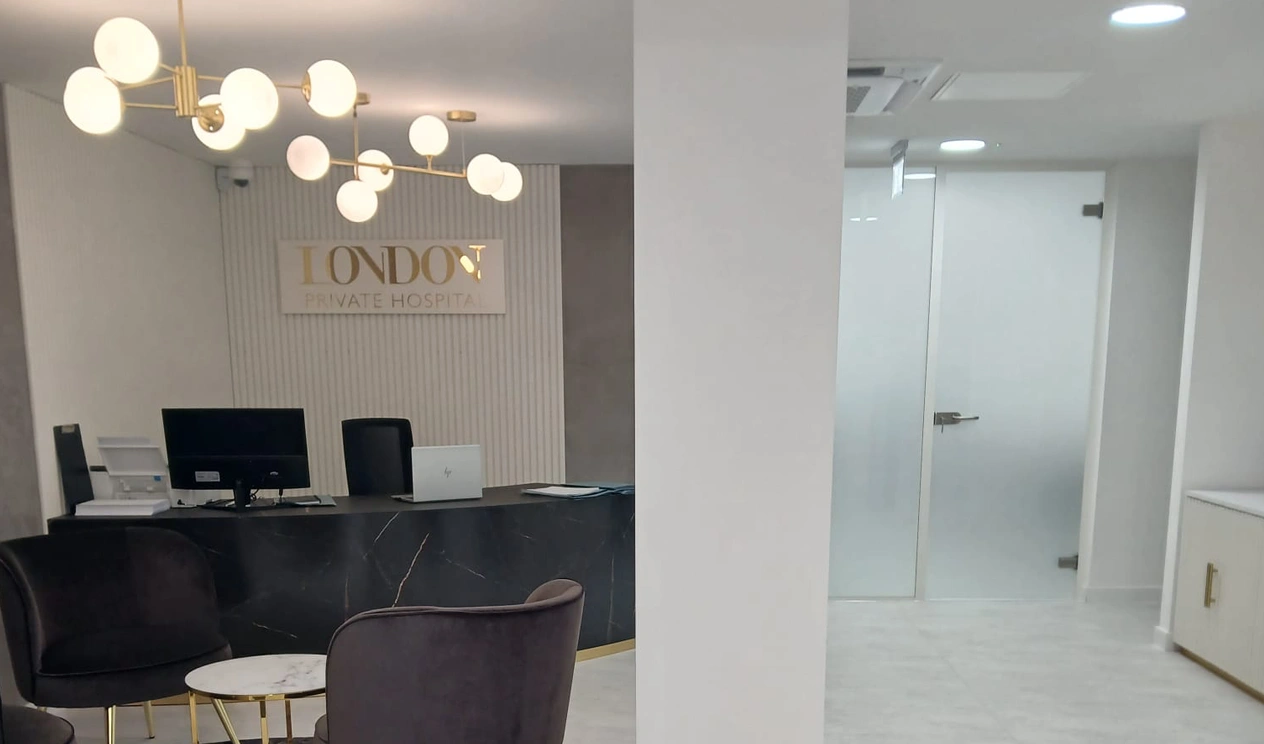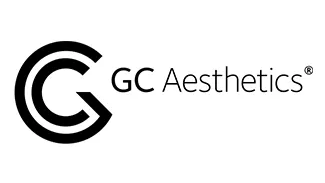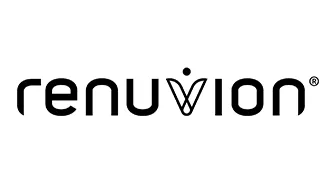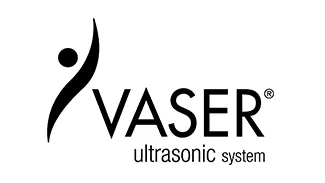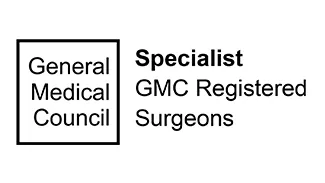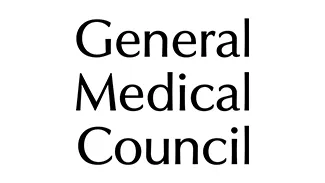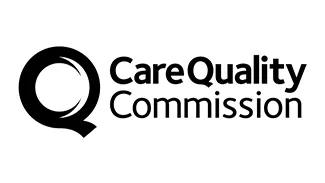This Article Covers:
Rhinoplasty is a surgical procedure utilized for the purpose of reconstructing the form of one’s nose. The procedure is either used to restore the function of the nose, or in order to aesthetically enhance it. The procedure is an efficient way to resolve nasal trauma, respiratory impediments, congenital defects, or in order to correct a previously done nose job.
There are two types of rhinoplasty, classified as open and closed nasal surgery. Open rhinoplasty requires the surgeon to make small irregular incisions to the fleshy exterior-end of the nose. Bear in mind that these are incisions added to the already usual set of cuts done on the nasal interior. Closed rhinoplasty, on the other hand, occurs exclusively inside the nose, and no incisions are done on the surface.
Before Surgery
The first stage is usually the discussion. The doctor will tell you what you can expect, recommend the type of surgery, and tell you how the structure of your nose, skin and face affects the whole process. Then, you will take some photos in order to make preoperative planning, and to see the changes accurately once the procedure is over. Finally, before the very beginning of the surgery, an anaesthetic will be distributed to you, since it is performed on outpatients.
You should also avoid the consumption of any foods or liquids 6 hours before the surgery, considering how any substance in your stomach may cause complications when combined with the anaesthetic. Lastly, if you are a smoker, restrain yourself from cigarettes to the best of your abilities. If you come down with any illness, it is imperative that you inform the surgeon as soon as possible, so that he or she can ascertain if it is safe to proceed.
Procedure
The surgery is usually conducted by an otolaryngologist who is a specialist for the ear, nose and throat, by a maxillofacial surgeon – the jaw, neck and face are his or her fields of expertise, or by a plastic surgeon who is specialized in creating a functional, aesthetically pleasing and facially proportionate nose. Rhinoplasty intervention may last for several hours, and as it was already mentioned, it can be either open or closed rhinoplasty. The approach varies depending on the reason for this kind of intervention. For example, if you want to alter your nose for the purpose of aesthetics, chances are that you will have open rhinoplasty.
Surgery is used as treatment for intrinsic and extrinsic nose diseases, as a method of correcting an unsatisfactory aesthetic or disproportion. It is also used to fix congenial nose deformities and defects and as a solution of obstructed airflow inside the nose. Lastly, the procedure is used as a means of fixing a failed rhinoplasty.
Recovery Process
After the surgery, you are situated and monitored inside the recovery room, by a nurse. Once the anaesthetic wears off, you will be discharged and free to go home. This process may take a few hours and it is advisable not go back on foot, and to spend the rest of the day resting. If you are to minimize the post procedural swelling, it would be for the best to prop your head with 2-3 pillows and keep it elevated. You may also experience constipation as one of the side-effects of the surgery, but this is easily solvable by taking a laxative.
Swelling and bruising, which emerges around the area of your eyes, nose and upper lip should subside over the next 10 days. For the purpose of minimizing these occurrences, you can place bags of ice, or frozen vegetables, on the before mentioned areas. Once a week, after the surgery passes, the nasal splint or nose cast will be removed. Bear in mind that you may also experience moderate bleeding from the nose, but do not be alarmed, since this is a normal occurrence and will eventually disappear. You will be given a gauze dressing, which collects the blood that comes out of your nose. Once saturated, this gauze is to be changed. These changes can be quite frequent during the first day after the procedure.
Lastly, do not take medication which contains aspirin, or any non-steroidal, anti-inflammatory meds, for a whole three weeks after the surgery.
3 ways to book your consultation with us
Nu Cosmetic Clinic services are now available through Manchester Private Hospital.
Click here or Use the form below to submit your request seamlessly.
Request Your Free Consultation
Nu Cosmetic Clinic services are now available through Manchester Private Hospital. Click here or Use the form below to submit your request seamlessly.



